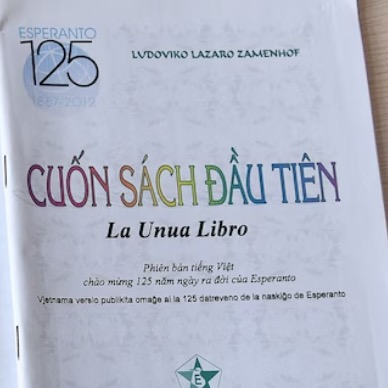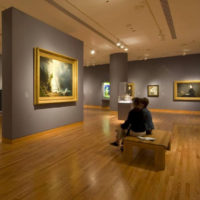Rome was hardly white, whether in architecture or demographics. But historically, Europeans and white Americans – and especially Mussolini and his followers – have thought, and represented in art, otherwise. Why it matters today: “Cultural practitioners have an unprecedented chance to help the wider public engage with an idea of Rome that’s more diverse, realistic and interesting than the monochrome fantasy that has dominated our recent past. As white supremacists storm the centres of Western governance, this is not just a niche issue.” – Aeon








